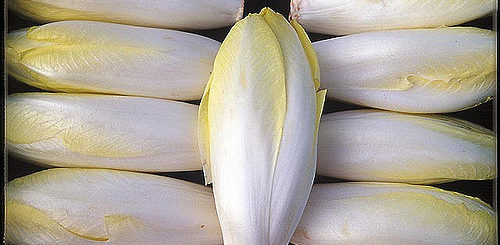Pork Belly
My very first memory of pork belly is mei cai kou rou, a traditional Chinese dish where the pork belly is first boiled, then marinated, then fried and finally steamed. The lengthy cooking process results in succulent, deliciously fatty pieces of tender pork. The accompanying preserved vegetables contrast both the texture and the flavor of the pork belly, and it has remained one of my favorite dishes anywhere.
Pork belly has always been prized in Chinese cooking. In Hangzhou, restaurants are prized for their Dongpo zhou, a dish named after a poet who absentmindedly left his pork stewing on the stove during a long game of chess. The dish is traditionally prepared and served in small earthenware vessels, and when you remove the lid, a divine puff of steam releases a gorgeous, meaty, umami fragrance.
Pork belly has experienced a revival in western cuisine as well. These days, there is an abundance of smoked, cured and even chocolate-dipped bacon. The difference in preparation and serving are like night and day! Consider the lengthy braising time on the Chinese pork belly dishes. And how the pork belly is cut down into bite-sized cubes or inch-long slices, to be delicately picked up and eaten with chopsticks. Bacon is the complete opposite! Pork belly is sliced thinly lengthwise, and then fried quickly. Slices are enjoyed as a finger food, as a sandwich fixing, or crumbled as a salad topper. Such a contrast to the Chinese presentation!
Either way, pork belly is a delicacy with an almost cult-like following no matter what continent.




Recent Comments